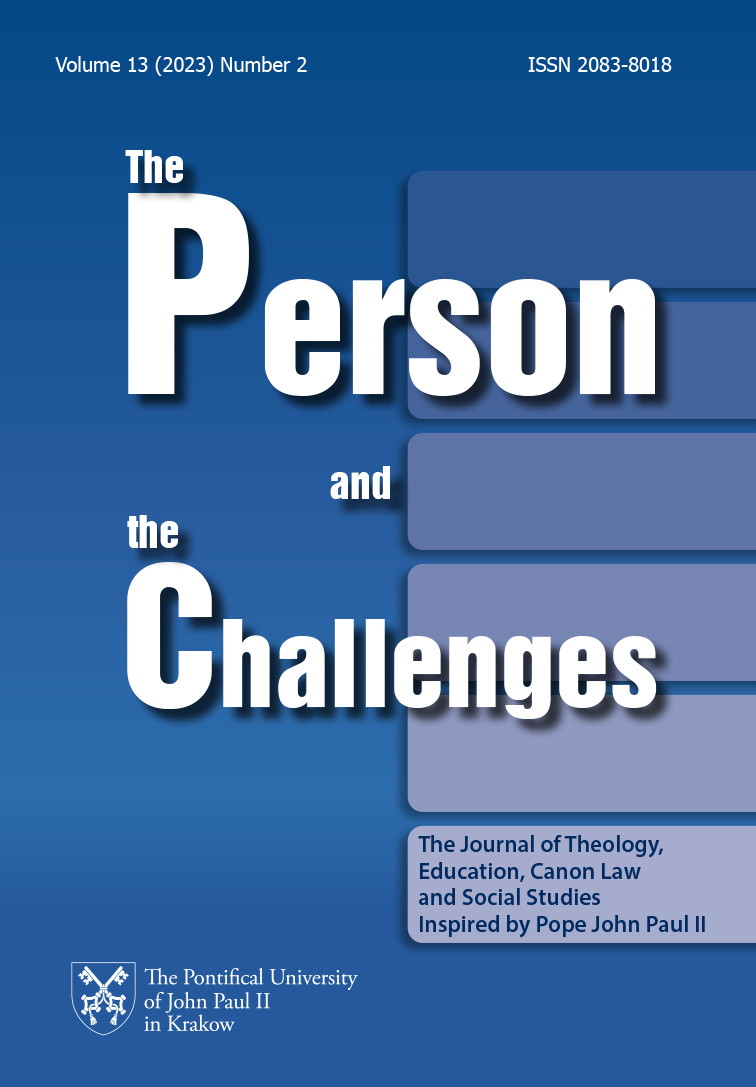Long Way to the 2014 Istanbul Convention: Its Role and Significance
DOI:
https://doi.org/10.15633/pch.13215Keywords:
physical violence, intimate relationship, human rights, legislation, Istanbul ConventionAbstract
This article investigates the historical aspects of physical violence in intimate relationships. The primary purpose is to illustrate the legal aspects and emotional dynamics of physical violence in intimate relationships, focusing on differences in perspective of various historical eras. We analyzed the Istanbul Convention, which represents a base document for preventing physical violence in domestic environments. In addition, we have analysed curriculum in kindergarten. We have discovered that the topics from the Istanbul Convention are incorporated in the kindergarten.
References
Amangelidyevna Seitkasimova Z., Status of Women in Ancient Greece, »Open Journal for Anthropological Studies« 3 (2019) 2, pp. 49–54.
Bučar Ručman A., Nasilje in mladi, Novo mesto 2004, Klub mladinski kulturni center.
Butler S., Spousal Abuse in Fourteenth-Century: What can we learn from the Coroners’ Rolls?, »Florilegium« 18 (2001) 2, pp. 61–78.
Cartwright M., HYPERLINK, “https://www.ancient.eu/article/927/” Women in Ancient Greece. Ancient History Encyclopedia, 2006, https://www.ancient.eu/article/927/ (10.11.2022).
Council of Europe, Council of Europe Convention on preventing and combating violence against women and domestic violence, »Council of Europe Treaty Series« 210 (2011).
Filipčič K., Nasilje v družini, Ljubljana 2002, Bonex.
Gostečnik C., Cvetek R., Pate T., Simonič B., Valenta T., Repič Slavič T., The Imapct of Early Aggression on Late Development, »The Person and the Challenges« 9 (2019) 2, pp. 169–191.
Hardwick J., Early Modern Perspectives on the Long History of Domestic Violence: The Case of Seventeenth‐Century France, »The Journal of Modern History« 78 (2006) 1, pp. 1–36.
Horvat D., Nasilje nad ženskami v okviru človekovih pravic, in: Š. Veselič, D. Horvat, M. Plaz (eds.), Priročnik za delo z ženskami in otroci z izkušnjo nasilja, Ljubljana 2014, Društvo SOS telefon za ženske in otroke – žrtve nasilja, pp. 51–73.
Hozjan D., Konceptualiziranje socialne kohezivnosti v šolskem polju, in: B. Borota, M. Cotič, D. Hozjan, Z. Ljubov (eds.), Social cohesion in education, Horlivka 2011, Horlivka State Pedagogical Institute for Foreign Languages, pp. 35–45.
Kanduč Z., Družina in nasilje: nasilje družine in nasilje v družini, »Revija za kriminalistiko in kriminologijo« (2000) 1, pp. 11–20.
Kerrigan M., Stara Grčija in Sredozemlje, Ljubljana 2002, Cankarjeva založba.
Kerrigan M., Stari Rim in Rimsko cesarstvo, Ljubljana 2002, Cankarjeva založba.
Kovač J., Učenje psihosocialnih veščin ob pojavu fizičnega nasilja v partnerskem odnosu, in: N. Ličen, M. Mezgec (eds.), Sodobne paradigme raziskovanja izobraževanja in učenja odraslih: eseji v počastitev jubileja Ane Krajnc, Ljubljana 2018, Znanstvena založba Filozofske fakultete, pp. 333–348.
Kjellström A., Domestic violence in the Middle Ages: an anthropological analysis of sex specific trauma in five Scandinavian skeletal materials, in: E. Regner (eds.), From Ephesos to Dalecarlia. Reflections on body, space and time in medieval and early modern Europe, Stockholm 2009, The Museum of National Antiquities, pp. 145–160.
Leskošek V., Antić Gaber M., Selišnik I., Filipčič K., Urek M., Matko K., Zaviršek D., Sedmak M., Kralj A., Nasilje nad ženskami v Sloveniji. Ljubljana 2013, aložba Aristej, pp. 35–50.
Levinson D., Family violence in cross-cultural perspective. Washington 1989, Sage Publication.
López Malero R., Kako so živeli Grki, Ljubljana 1994, EWO.
Minozzi S., Fornaciari, G., Bianchi, F., Pantano, W., Catalano, P., Treatment of women in Ancient Rome: Contribution of Paleopathology To the Reconstruction of Violence, »Journal of Biological Research« 85 (2012) 1, pp. 250–251.
Podreka J., Characteristics of Intimate Partner Femicide in Slovenia, »Annales: Series Historia et Sociologia« 29 (2019) 1, pp. 15–26.
Wieben C., As Men Do with Their Wives: Domestic Violence in Fourteenth-Century Lucca, »California Italian Studies« 1, (2010) 2, pp. 1–13.
Witzke S., Violence against Women in Ancient Rome: Idology versus Reality, in: G. G. Fagan, W. Riess (eds.), The Topography of Violence in the Greco-Roman World, Ann Arbor 2015, University of Michigan Press, pp. 248–274.
Downloads
Published
Issue
Section
License

This work is licensed under a Creative Commons Attribution 4.0 International License.
Authors who publish with this journal agree to the following terms:
- Authors retain the copyright and full publishing rights without restrictions, and grant the journal right of first publication with the work simultaneously licensed under a Creative Commons Attribution 4.0 International License that allows others to share the work with an acknowledgement of the work's authorship and initial publication in this journal.
- Authors are able to enter into separate, additional contractual arrangements for the non-exclusive distribution of the journal's published version of the work (e.g., post it to an institutional repository or publish it in a book), with an acknowledgement of its initial publication in this journal.
- Authors are permitted and encouraged to post their work online (e.g., in institutional repositories or on their website) prior to and during the submission process, as it can lead to productive exchanges, as well as earlier and greater citation of published work (See The Effect of Open Access).

